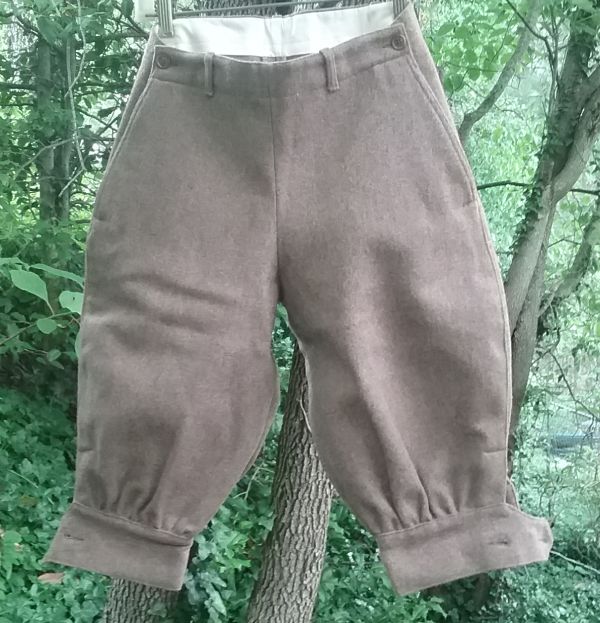
I don’t look for stuff from the 1970s, but when a really great piece crosses my path, I try to add it to my collection. Having lived through the decade, I have good memories of what was cool, but memories can be deceiving. I remember knickers, but in my mind I can’t really place the fad to a specific year or season. My guess is that they sort of came and went from the late 60s to the 80s. I need to do a deep dive into my 70s Seventeen magazine collection to get a better idea of that trend.
What I love about this garment is its strong nod to the sportswear of the past. The late 60s and the 70s were influenced by a feeling of nostalgia, if you could call it that. For teens, it wasn’t a longing for our past, but instead, that of our parents and grandparents. We longed for the pop culture of the 20s, 30s, and 40s – without the Great Depression and the horrors of WWII, of course. No, we looked to Charlie Chaplin and Bogart, and Clara Bow and Betty Boop.
So where does my latest acquisition fit in? I’d say it’s part Little Rascals and part Rosie the Riveter. The tweed fabric is a definite throwback to the knickers that boys, and increasingly, young women, wore in the 1920s. The bib shows the influence of overalls, which women wore for work and recreation in the 30s and into the war years. There might even be a bit of the pilots’ jumpsuit in there.
But this is so typical of much of fashion and youth culture in the 70s. My mother, who was born in 1931, was always pointing out to me how the latest 70s fashions were so similar to what she wore as a young person.

The label is an interesting one. Plain Jane was the forerunner of Esprit. It was started in 1968 by Susie Tompkins and designer Jane Tise. They produced junior clothing under several labels including Sweet Baby Jane (a riff on the 1970 James Taylor album, perhaps). The company was renamed Esprit de Corps sometime in the late 70s, and by 1980 the label had been changed to Esprit.
The story of the company is not a nice one, though they did make nice clothing. Susie Tompkins’ husband Doug was involved in a nasty union dispute starting in 1974, mainly because he wanted to break his contract with his workers and move production to Hong Kong. You can see who won by looking at the label.
Danuta was Danuta Ragent who designed Plain Jane from around 1973 to 1978. Jane Tise continued to design the Sweet Baby Jane line, though her shares of the company were bought by the Tompkinses in 1976. My favorite sewing pattern of the late 70s was a Butterick Young Designer, Jane Tise for Sweet Baby Jane . The design was straight out of the 1940s.


This is such a great design. I love how the line of the bib pockets extends to form the hip pockets.

All the buckles are metal and are adjustable.
Thanks to Robin for sharing the information about Danuta, and whose Etsy shop is one of my favorites.





























